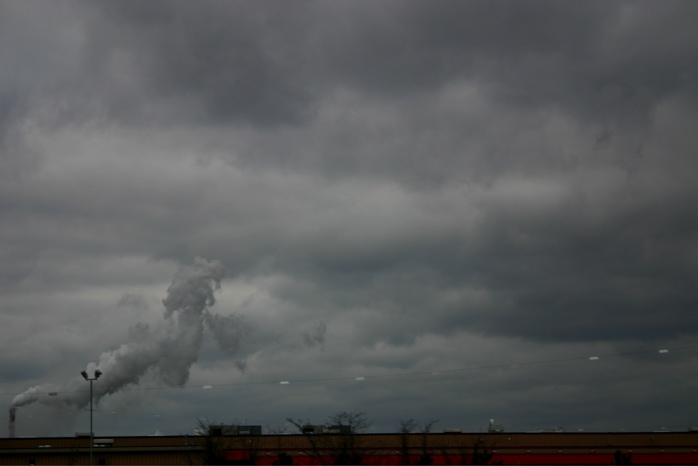
Far be it for me to disrupt today’s happy feeling, but following yesterday’s alarming (alarmist?) World Bank report, reader Flawse this morning asked what the consequences for Australia would be in the event of a repeat of a Lehman bank freeze. I don’t think this outcome likely. But it’s an interesting thought experiment and not unworthy of consideration vis-a-vis a hedge (by the way, that’s Melbourne in the pic).
A European bank freeze is a global bank freeze. So the first problem for Australia will be capital shortage. The banks would be unable to fund themselves as wholesale markets dry up. We would deal with this in much the same way as we did in 2008, with less excellent results. A resumed government guarantee to banks’ wholesale debt would be effective initially but in the medium term would depend upon the second problem: the ensuing collapse in world trade and growth. There would also be a range of other measures to support credit, including the ongoing purchase of RMBS. Obviously the RBA would cut and keep cutting.
However, the second problem confronting the nation could seriously inhibit these efforts. Global growth would be hit much worse than in 2009, largely because government finances in both developed and emerging markets are more overburdened. We could not, therefore, expect the kind of coordinated G20 fiscal response that worked so brilliantly in 2009. China is certainly still in a position to stimulate though it’s doubtful they could repeat the $1 trillion wonder of 2009. It’s $3 trillion in reserves are useless for this purpose given they have domestic liabilities against them. They would remain where they are, making a fortune as US Treasuries enjoyed another epic rally.
Locally, the economic consequences would be very difficult. Irrespective of stimulus, housing would fall significantly putting a lot of pressure on the services economy. Many commodity projects would also be canceled. The degree of the bust would be mitigated by the above stimulus which would keep the banks solvent or, at least, liquid as the RBA’s CLF facility would be in overdrive. The LMIs would be another story, perhaps nationalised. But that’s as close as we’d come to “printing” as it were. Open quantitative easing is not an option, we are too small and the run on the currency would be huge, threatening an inflationary bust. Regardless, the dollar would fall a lot, helping a lot.
With slower global growth, commodity prices would remain lower for longer and the Australian government’s finances would be stretched for longer. The $50 billion stimulus of 2009 could not be repeated though certainly some stimulus would be possible, perhaps half as large. The imperative to protect the banks using the federal credit rating would prevent it. As tax revenues tanked and automatic stabilisers kicked in, ongoing deficits would need to be closely managed so the national debt to GDP ratio was contained and a credible path back to surplus visible. I think it likely there would also be a run on Australian government bonds, making debt more expensive.
All told, the event might be on a par with the early nineties recession, only the recovery would be longer and more painful. Such a scenario is an outlier, more so since the semi-success of the ECB’s LTRO. The best way to hedge against it is to hold assets in $US.

